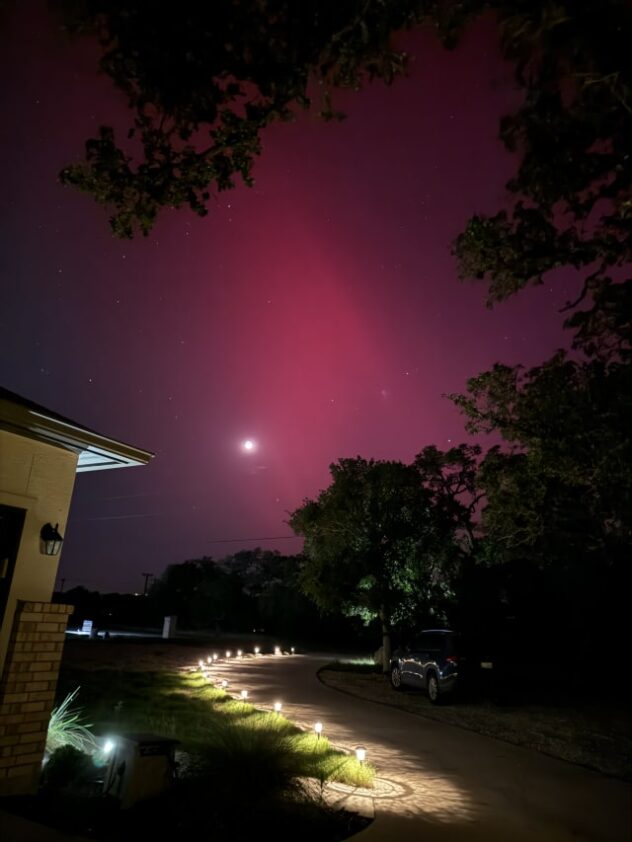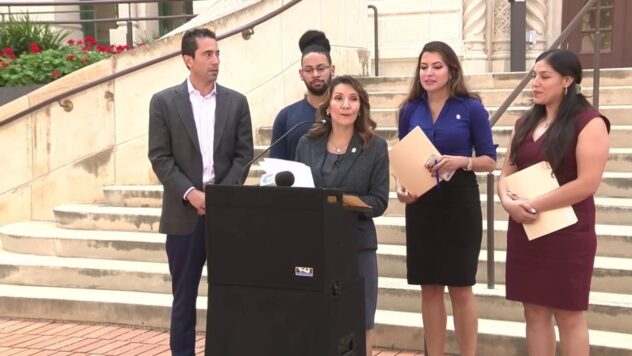Camera captures ‘extremely rare’ ocelots roaming Rio Grande Valley refuge

A surveillance camera recently captured images of a cute and extremely rare species: ocelots.
In a Facebook post on Tuesday, June 29, the Texas Parks and Wildlife Department shared a sighting of the nocturnal cat. The department says Laguna Atascosa National Wildlife Refuge – the largest protected area of natural habitat left in the Rio Grande Valley – snapped photos of five juvenile ocelots walking on one of its trails.
“There are only 50-80 ocelots left in Texas,” TPWD says in its post, adding the sightings are “extremely rare” as only a small population of the endangered cat is in the lower Rio Grande Valley.
READ ALSO: San Antonio angler reels in 152-pound stingray in Port Aransas
The Laguna Atascosa National Wildlife Refuge shared their photos on its Facebook page on March 3. The natural area says they’ve seen a “baby boom” of ocelots over the past two years. In total, the refuge says they’ve counted 17 individual ocelots – a population high for the Rio Grande Valley.
In Texas, ocelots occur in the dense thorny shrublands of the Lower Rio Grande Valley and Rio Grande Plains. According to the U.S. Fish & Wildlife Service, the single greatest threat to ocelots is the loss of habitat. Deep, fertile clay or loamy soils are generally needed to produce suitable habitats.
Ocelots are smaller than bobcats and have longer tails. They stand about a foot high and the adults weigh 15 to 30 pounds with measurements about 3-feet long from their nose to the tip of their tail. They have a long ringed or barred tail and their rounded ears are black with a single, large white spot.
The U.S. Fish and Wildlife Service is the lead agency responsible for the recovery of this species and works with many partners, public and private, to ensure this beautiful cat will grace the Texas landscape for generations to come.
If you see an ocelot, report it immediately by calling U.S. Fish & Wildlife Service at 956-784-7520 or 7608. For more information, visit U.S. Fish & Wildlife Service’s website.















